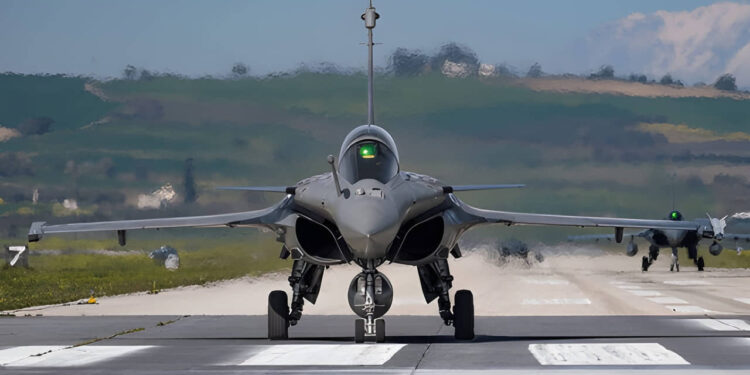India will further enhance its air combat capabilities by sourcing large numbers of Meteor air-to-air missiles to be fitted to its Indian Air Force Rafale fighter jets. The proposal, valued at about Rs 1,500 crore, has already advanced to a concluding stage of approval within the Defence Ministry and could be finalized soon. The MBDA defense firm has developed these missiles in Europe, which have a proven range of more than 200 kilometers and will give the Indian Air Force a significant advantage in aerial combat through capabilities beyond visual range.
The Indian Air Force acquired the Meteor missiles when it procured the first batch of 36 Rafale aircraft from France in 2016. The 26 naval Rafales are set to land in a few years, with the Jets to be fitted with Meteor missiles, further enhancing India’s secure skies. The Rafale aircraft are the only planes in the IAF that can release the Meteor missile.
The capabilities and effectiveness of these long-range stand-off weapons were proven when India used them for the first time in May 2025 in Operation Sindoor. Indian fighter jets attacked and neutralized key military and terrorist Pakistani targets, which made Pakistan seek a ceasefire after four days. Nevertheless, the Pakistan Air Force counterattacked using PL-15, made in China, for air-to-air and surface-to-air, which targeted Indian installations and soldiers but failed to take them down successfully. That clearly marked the Indian Meteor missile system.
Apart from obtaining the Meteor missile, India is developing its indigenous missile programs. The Defence Research and Development Organization is creating another Astra Mark 2 air-to-air missile for other fighter jets – Su-30 and the Light Combat Aircraft, which is intended to be equipped with a range of more than 200 kilometers.
Armament with more Meteor missiles is thus seen as an essential measure to enable India to maintain its qualitative airpower edge over regional challengers amid changes in the aerial threats posed by some neighbors. Additionally, there is potential to integrate domestically developed anti-radiation missiles into all Rafales, which underscores the nation’s strategic use of a two-pronged approach that combines upgrading overseas-purchased technologies and revitalizing home defense innovations. The strengthening of the Indian Air Force’s firepower in this manner conveys its high focus on the capabilities to fight at beyond-visual-range ranges, which is key to maintaining the “first shot, first kill” advantage in the context of contemporary air warfare and, as such, significantly broadens its response range to aerial threats.


